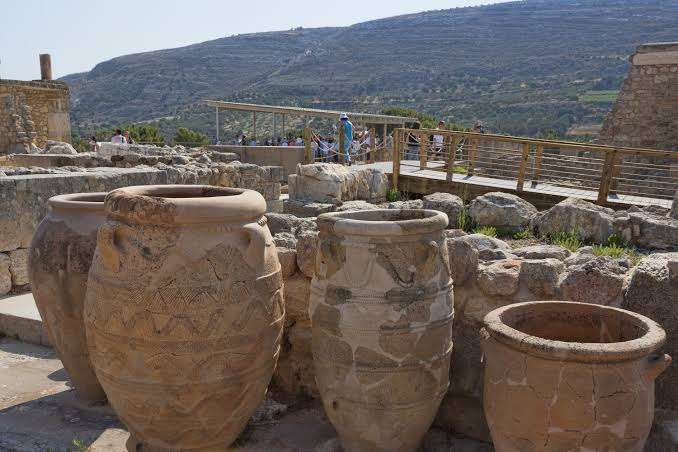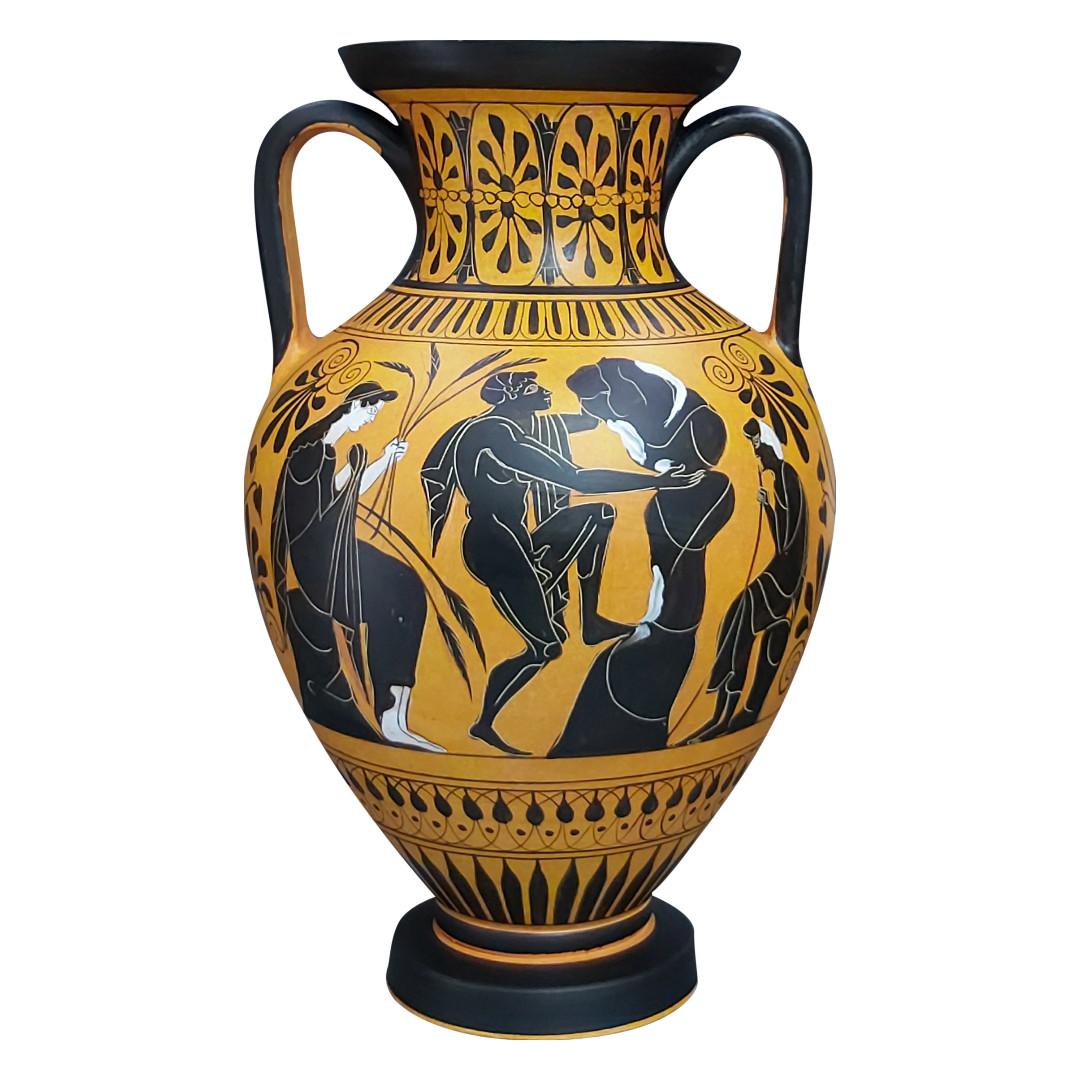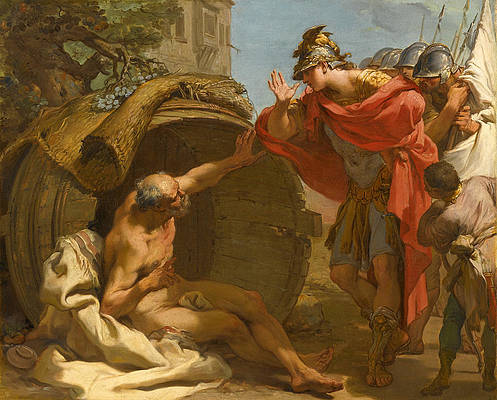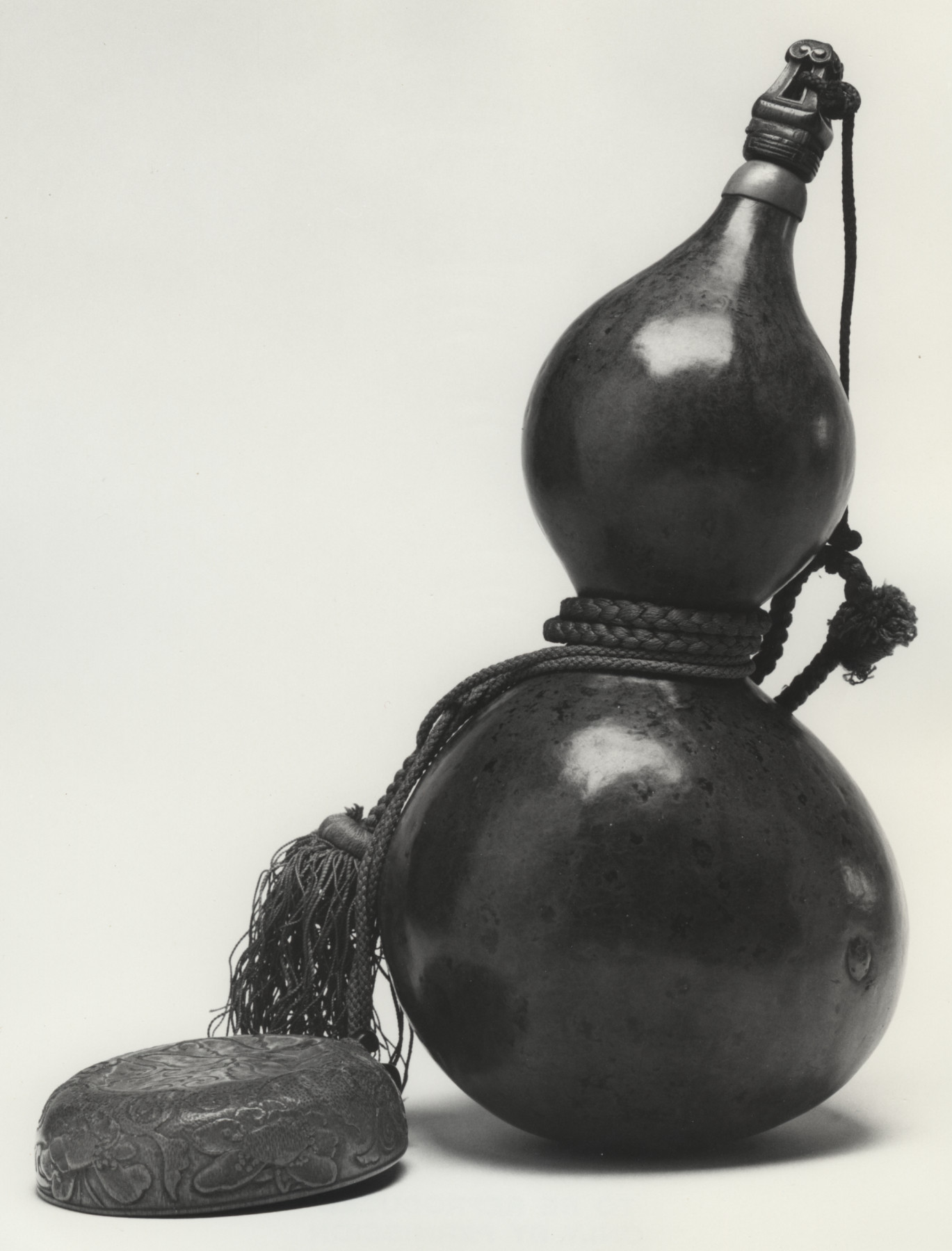Woven baskets. With a tight double-weave, you can make a basket that will hold water. Several Native American tribes made these for carrying water. A double-woven basket looks almost like one basket inside another basket. To get them water-tight requires a very tight weave. Some will be made with reeds from plants frequently (and conveniently!) located adjacent to wetlands.
Wicker is the oldest furniture making method known to history, dating
as far back as 5,000 years ago. It was first documented in ancient
Egypt using pliable plant material, but in modern times it is made
from any pliable, easily woven material.
Source.
The sort of wicker that you are most likely familiar with is an open weave.
For long-term storage of water (or other liquids), especially where your culture is stationary, I would strongly recommend pottery. While wicker is an ancient technology, archeological evidence of pottery extends to at least 25,000 BC.
Samples of water-tight woven baskets:
The first 2 are from what is now Washington state:
For carrying water. Note that there are 4 handles - a large "bag" of water is very heavy! One cubic foot of water weighs 62 pounds.
For boiling water (fill about 3/4 with water, then place heated rocks inside).
From the Four Corners region, smaller water "bottles".
A Cherokee water-tight basket from what is now Oklahoma.
This person shows some of the skills you would need to learn to make your own double-woven basket. There are 4 YouTube videos: 1 (making a tool you need), 2 (making cordage to wrap your wicker - or make replacement shoelaces - but that's a different video in this series), 3 (part 1 of making the basket), and 4 (part 2 of making the basket). In these videos, he uses yucca. In others he uses cattails (also called "reed" or "bulrush").






